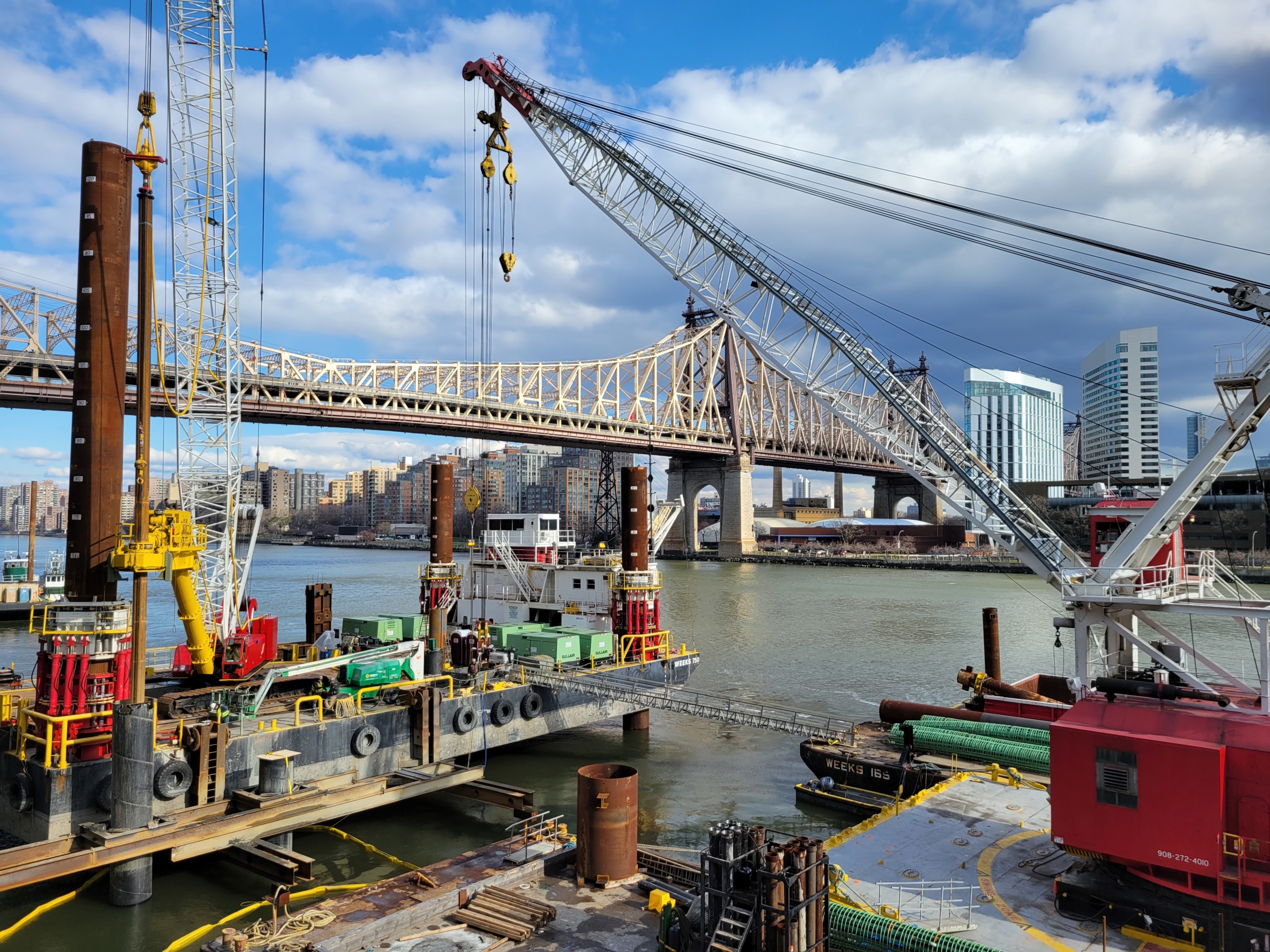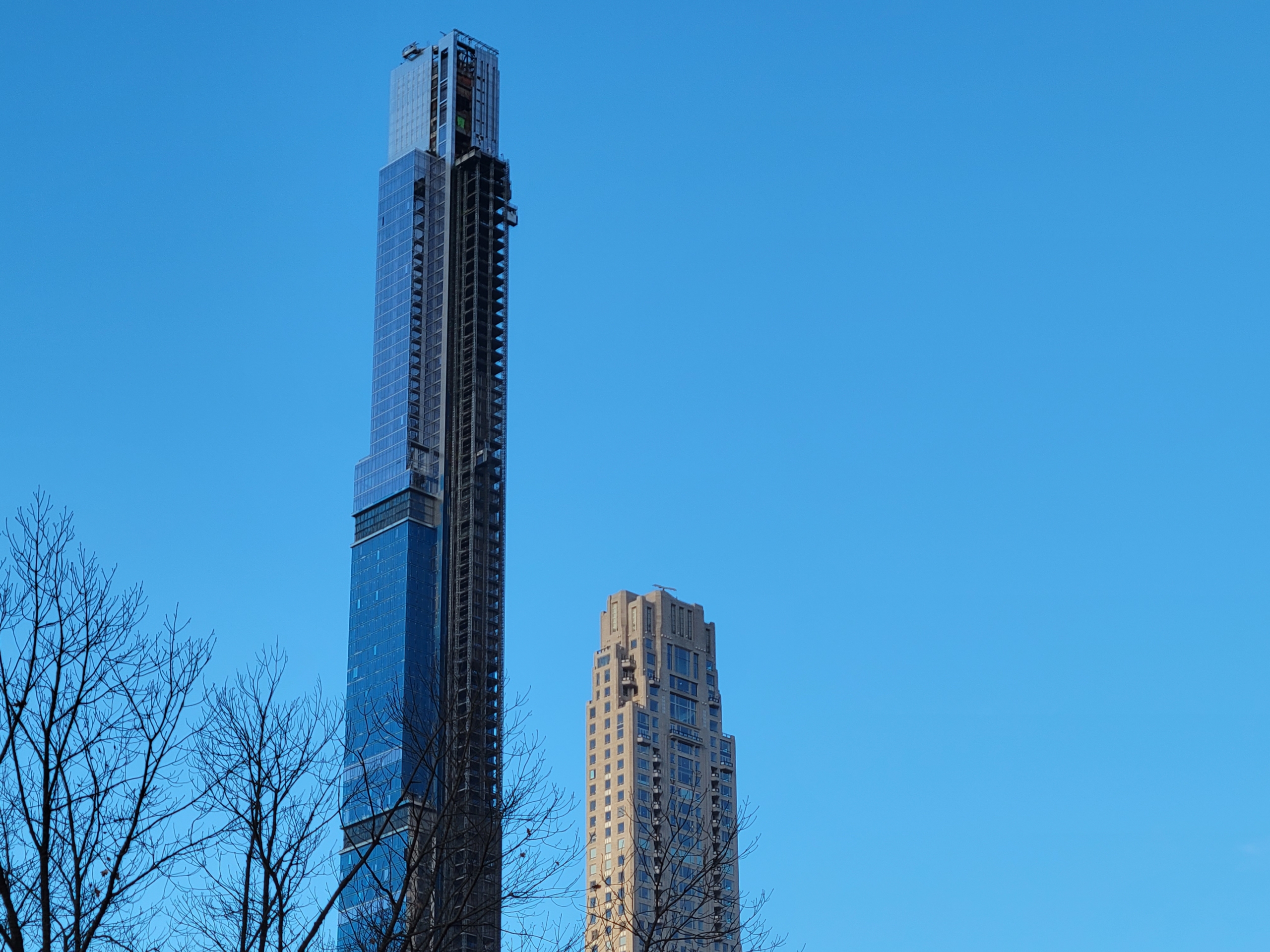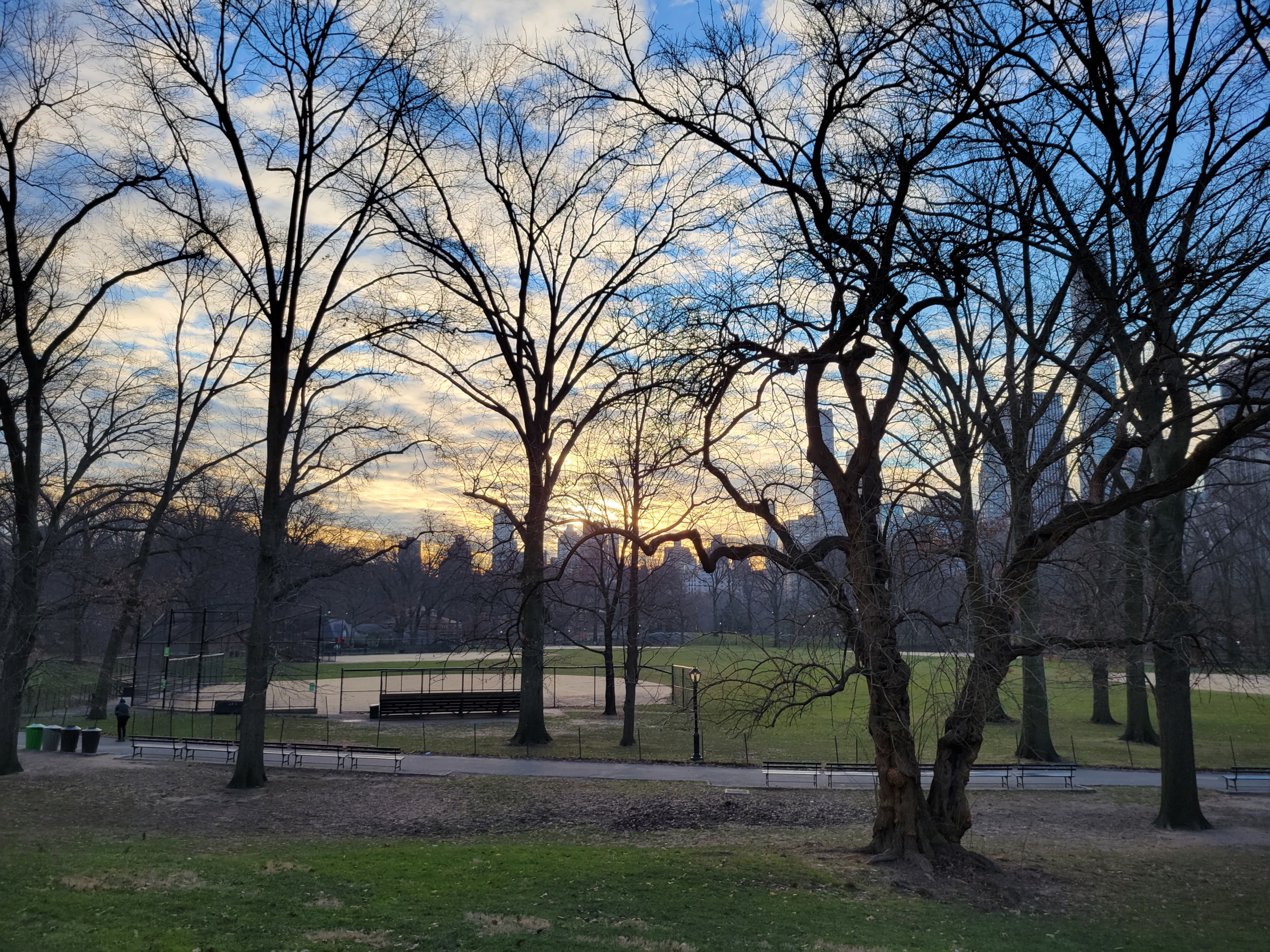“The Galaxy S21 makes a smart bet on value with a lower starting price, but in doing so feels stuck in 2020. A good phone, but not a particularly exciting one.”
- Slick and colorful hardware
- Excellent display
- Improved fingerprint sensor
- Lower price leads to great value
- Plastic back on base S21
- Not a 2021 flagship camera experience
- Galaxy S21+ value disappointing at $1,000
When Samsung introduced the Galaxy S21, it made an incredibly rare move in the high-end smartphone space: It lowered its prices. The Galaxy S21 5G series — across the board — debuts for $200 less than the launch prices of the Galaxy S20 phones. Faced with the reality that Galaxy S20 sales were markedly lower than that of both the S9 and S10, and that 2021 may not end up being as economically stable as originally hoped, this seems like the right move.
But Samsung isn’t making this move out of charity — it’s choosing to lower the price to hopefully boost sales, and will make plenty of money on each phone sold regardless. The reality of these prices is that the Galaxy S21 and S21+ aren’t full upgrades over the S20 series phones they replace — and that has smartphone enthusiasts left scratching their heads.
On the face of it, there is simply no reason for anyone with a Galaxy S20 to consider buying an S21. Samsung certainly knew this going in, considering it is well aware that a vast majority of people upgrade their phone every two years, at the earliest. For this reason. I won’t get bogged down with how the Galaxy S21 is better than its predecessor — what’s important is evaluating whether the Galaxy S21 can stand on its own as a good phone for the money in 2021.
I must note that this review is centered around the base Galaxy S21, which I have been using for a week. A vast majority of my experience can also be applied to the Galaxy S21+, which I have spent less time with but shares the exact same platform and is simply larger. Because the Galaxy S21 Ultra has so much about it that’s distinctly different from the S21 and S21+, we have a complete separate review of that phone.
Hardware, design, and display
So much of a modern smartphone’s design is defined by the limitations of getting an incredible number of complex components — processors, a large battery, antennas, speakers, and multiple cameras — to fit together inside. That leaves us with phones that look about 90% identical across the market, with the final 10% comprising material selection, camera pod design, color choices, and minute differences in finish details. The Galaxy S21 absolutely looks different from the Galaxy S20, but honestly, if you covered up the new rear camera pod, it would … look just like an S20 again.
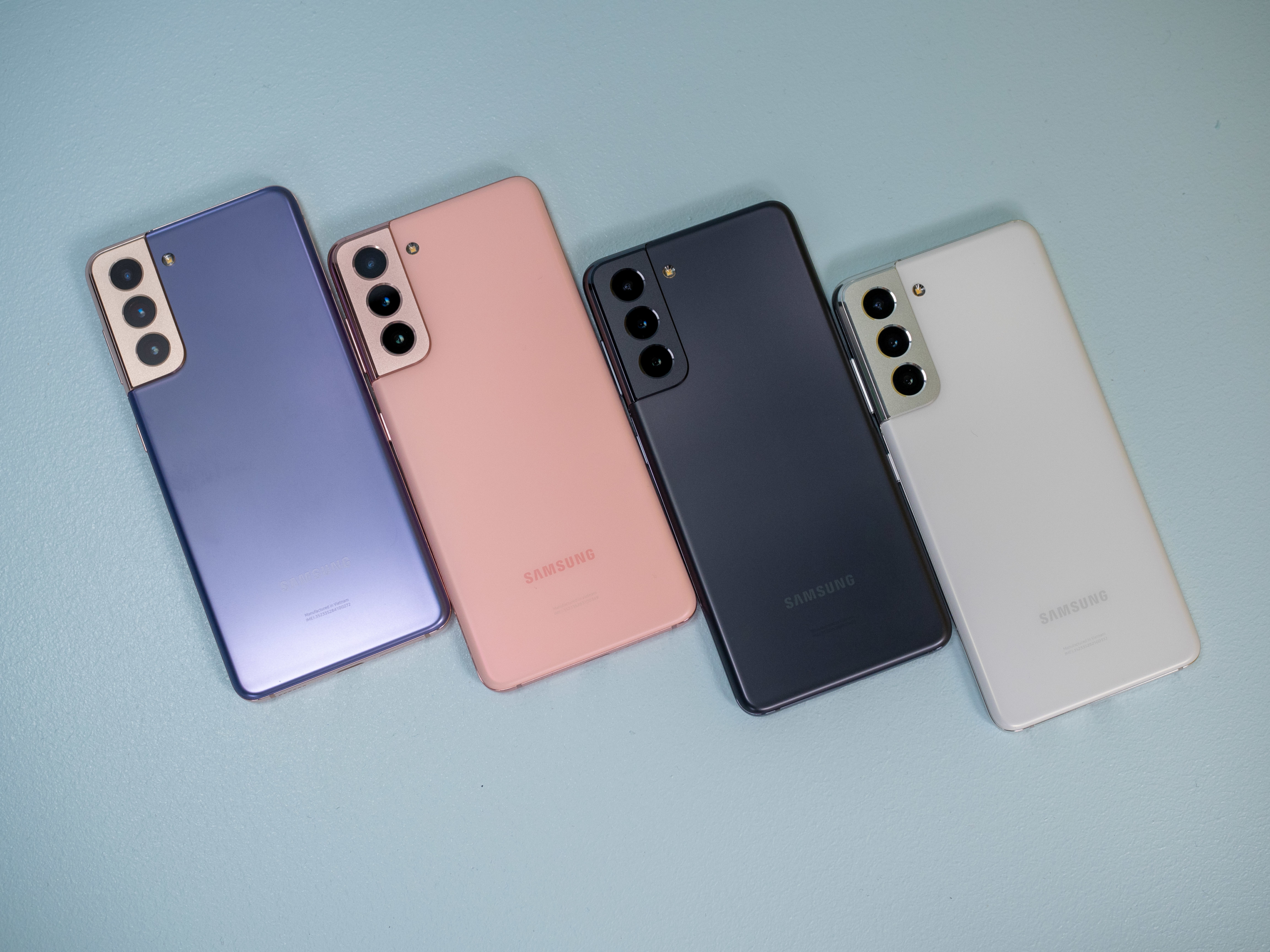
There are still nuances to appreciate here, though. The glossy metal frame looks and feels great, and I do love the way the camera pod has been integrated into that frame — it’s sleek and distinctive. My review unit is particularly stunning in the gold-and-violet color scheme, but it isn’t the one I would choose. Thankfully, the entire lineup of colors is excellent. Interestingly, it’s the base S21 that has the widest range of color options, though the S21+ has a nice set of three to choose from.
I wouldn’t call the S21 a “compact” phone, but it’s refreshingly small compared to the S21+ and S21 Ultra. It’s near-identical in size to the S20, and just a bit larger than the iPhone 12 and Google Pixel 5. My larger-than-most hands wrap around the S21 with no problem, and it’s no burden in a pocket. The story’s different for the S21+: It’s your typical modern huge phone, coming in 10 mm taller, 4 mm wider, and 18% heavier than the S21.
I appreciate Samsung’s move to a matte back, finally putting to rest the glossy (aka greasy and covered in smudges) backs of old. Controversially, the Galaxy S21 is using a plastic back — yes, on an $800 phone. This is the same material we saw on the Galaxy Note 20 and Galaxy S20 FE, and is an effective cost-cutting measure. From a distance, it looks identical to matte glass, but a single touch lets you know it’s plastic.
From a practical perspective, I get it. It’s less expensive, more resistant to damage than glass, and makes the phone lighter and easier to handle. From a vain perspective, this is an $800 phone and it’s absurd to not get premium materials. Whether you use a case will probably be the biggest influence of whether this bothers you — I simply dislike how this phone feels without a case.
From a distance, it looks identical to matte glass, but a single touch lets you know it’s plastic.
If the larger Galaxy S21+ is more your speed, you can ignore that plastic conversation — Samsung put Gorilla Glass Victus glass on the back of the larger model. It feels much better, befitting the price — and it should, because the S21+ is $1000.
Even though the Galaxy S21 has, on paper, a lesser display than the Galaxy S21 Ultra (and Note 20 Ultra), anyone would be incredibly happy to lay eyes on it every day. Yes it’s “only” 1080p, but that doesn’t matter one bit. What’s more important is that it’s incredibly bright, crisp, and colorful, and has great viewing angles. Samsung has also added a variable refresh rate that dynamically switches from 48Hz to 120Hz, keeping everything as smooth as can be — and saving battery in the process. Samsung is, once again, the king of mobile displays.
The new in-display fingerprint sensor is also noteworthy. This is the second-generation Qualcomm ultrasonic unit, and it’s notably larger and faster than before — though that isn’t saying much since the last two years of Galaxy S and Note phones were burdened with a bad sensor. Still, we’re now up to the modern age in terms of sensor responsiveness, and unlike past phones, I haven’t gotten angry with finicky false negatives. How refreshing!
Performance, software, and battery life
As is usually the case, Samsung scooped itself in terms of software by rolling out the Android 11 + One UI 3 software update to last year’s Galaxy S and Note phones a month ago. Nothing has changed here, though I must say this software is great — so long as you like Samsung’s take on Android. I still prefer Google’s version on its Pixels, but I feel right at home on One UI as well.
This is a neutral, nice-looking interface with lots of slick animations and subtle uses of color. One UI still requires a considerable amount of customization and tweaking to “set up” the way you want it — namely in the vast amount of settings, defaults that need to be changed, and duplicate apps that require managing. The fact that you can tweak so much is great, but it can be overwhelming at first.
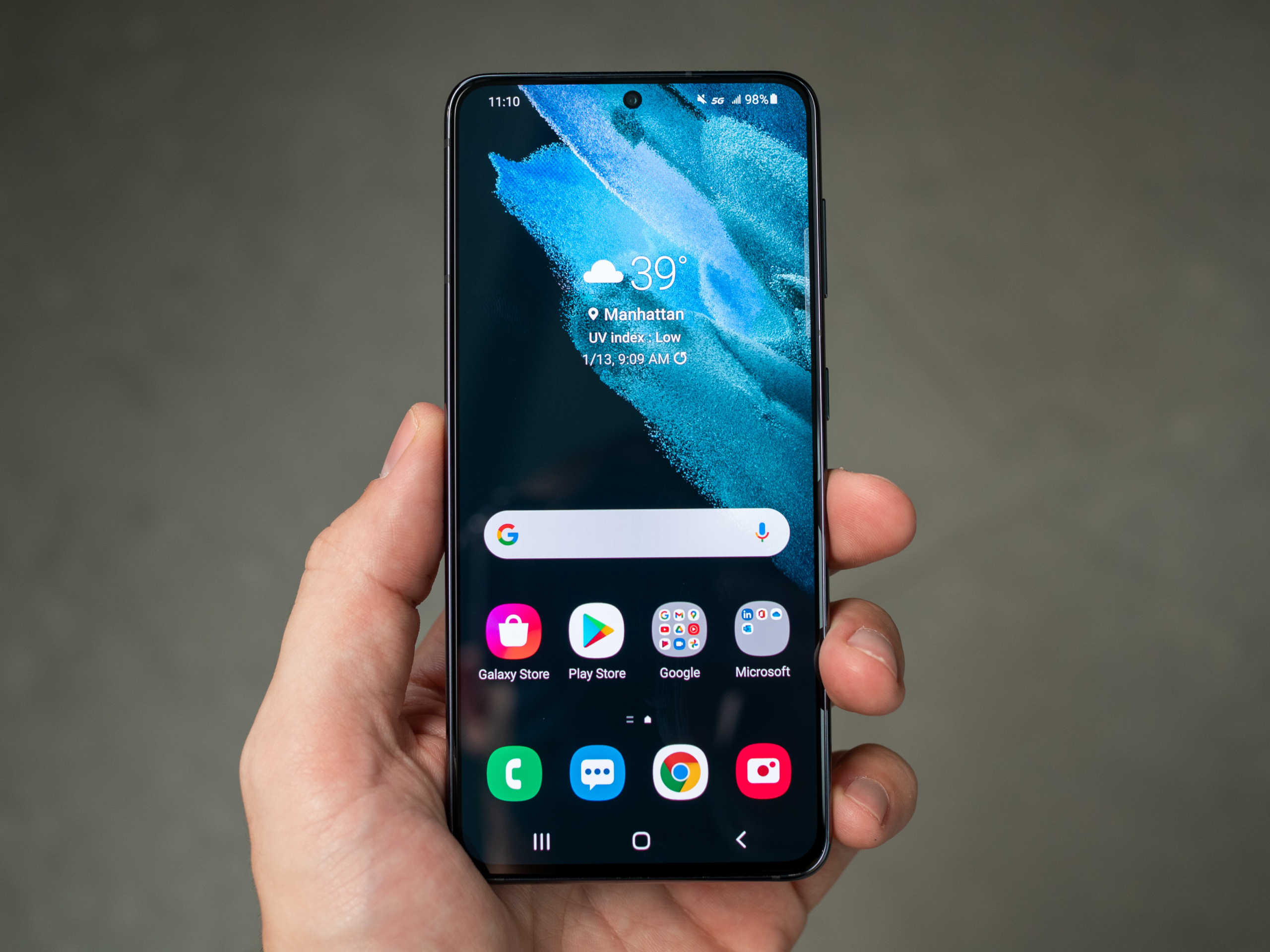
The Galaxy S21 uses the latest Qualcomm Snapdragon 888 (or Samsung’s comparable Exynos 2100 internationally) chipset, and unsurprisingly offers exceptional performance. Despite having “only” 8GB of RAM, I didn’t have a single hiccup in any multitasking or gaming, which should come as little surprise considering the 888’s processing and graphics power.
The Galaxy S21 is just average in battery life, but the S21+ should be notably better.
With an unchanged 4000mAh battery, it’s unsurprising that the S21 is just average in the battery life department. I made it through each day without charging, but didn’t leave a ton behind when I went to bed — between 15% to 25%. My usual day of 3 to 4 hours of “screen on” time, and no extensive heavy use like 8K video recording or gaming, left me comfortable with the battery — but anything heavier, like a travel day, will likely require an afternoon top-up. That new variable refresh rate display and more efficient chipset are saving a little battery, but it isn’t making a massive difference.
This is where the Galaxy S21+, with its 4800mAh battery, should shine. Given that everything else about the phone’s capabilities is identical to the S21, with just a marginally larger display to power (at the exact same resolution and refresh rate), I’d expect a direct 20% longevity boost here. Given my experience with the S21 Ultra, which has a 5000mAh battery and a more power-hungry screen but comparably strong battery life, I fully expect the S21+ to do well.
Samsung is clearly happy with where it stands in charging speeds, as things haven’t improved from the last generation. Despite briefly flirting with 45W fast charging in a couple of models, it’s settled on 25W wired charging in the S21 series. That’s paired with 15W wireless charging (provided you find a compatible charger), as well as reverse wireless charging for earbuds and smartwatches. So yeah, it’s the same as before — which is plenty for what we actually need, but it’s not moving things forward either.
5G network performance was right on par with the latest phones I’ve been using, testing both on Verizon and T-Mobile here in New York City. There are so many variables involved it’s hard to see where the latest Qualcomm 5G modem is providing any benefits, but I can at least say there were no shortcomings in the experience. I’ll take it.
Cameras
What Samsung chose to do, or in this case not do, with the Galaxy S21 cameras is drawing ire from smartphone enthusiasts. The camera system is, in simple terms, the same as it is on the Galaxy S20 phones. Samsung claimed ever-so-subtle changes to the sensors and lenses coming from the S20, but there’s no doubt this setup is nearly identical to before. That means a 12-megapixel main, 12MP ultrawide, and 64MP zoom cameras grouped on the back.
Samsung’s claim is that enhancements in the ISP (image signal processor) in the new chipset, combined with new processing software, make better use of the raw data captured by those sensors. In practice, I experienced intense déjà vu — the Galaxy S21 takes photos more or less the same as the S20 does, for better and for worse.
In general, the Galaxy S21 takes impressive photos. From shot to shot, you get great colors and clarity, and Samsung’s processing changes seem to have subtly reduced the overly warm and blown-out HDR shots of the S20 series. These are still very punchy and bright shots, as you’d expect from a Samsung camera, but people in general seem to appreciate that. In good lighting conditions, the S21 produced the shot I expected a vast majority of the time — and that goes for all three cameras, so long as you don’t try to zoom past 3x. All of Samsung’s claims about zoom quality in the S21 series lie in the S21 Ultra.
The only way the S21 shows its age is in difficult lighting conditions. When the lights go down, the zoom camera becomes useless — the phone quickly switches to a digital zoom on the main camera instead. The ultrawide hangs on a bit longer, but the quality also falls off when light is low. When night mode comes on, you get solid, but not spectacular, main camera shots. S21 low-light shots are defined by blotchy, overprocessed grain and soft lines, with regular over-brightening of the sky in landscape shots. Oftentimes the subject of your shot will look good, but the darker parts of the image will be completely washed out. This is a full step down from what the Google Pixel 5, iPhone 12, and Galaxy S21 Ultra can do in low light.
Where the S21 shows its age the most is in the 10MP front-facing camera. This is just … not a great camera at this point. In daylight, it’s fine. Particularly once you turn off the face-smoothing beauty mode. And Samsung actually gives you the option of choosing “normal” or “bright” selfies now! But the detail is seriously lacking — and in low light, the camera’s only useful at producing watercolor painting representations of a scene.
For as much as I’m into photography, I don’t do more than dip a toe into videography. Still, I was happy with the video capabilities of the S21, shooting mostly at 4K 60 and 4K 30, where video was smooth, stable, and colorful. I didn’t see any focus hunting or dropped frames either, which is always a relief. The S21 can record 8K at 24 frames per second (fps), but it applies a strong crop on the viewfinder that’s a bit jarring, and 24 fps just isn’t going to provide the silky smooth look that most people desire right now.
Most of the camera experience is solid, but at night you’re reminded this isn’t a 2021-level camera.
The biggest criticisms of the S20’s camera were poor performance indoors, and sometimes-awkward processing of people’s faces. On the former point, the S21 still struggles — indoor shots quickly get soft and overprocessed-looking whenever lighting is less than ideal, which is unsurprising considering the size of the sensors. Samsung specifically called out face processing in its announcement, but I haven’t found it to be dramatically improved either — even with the beauty modes turned off, excess smoothing misses details in faces compared to the Pixel 5 and iPhone 12. Once again, the problem is exacerbated by low-light conditions, where the camera’s overall tendency is to excessively smooth textures.
It feels like I’m being harsh given the price, but it’s reasonable to hold a Galaxy S to a higher standard.
It feels like I’m being overly harsh on this camera given the S21’s lower starting price, but it’s reasonable to hold a phone wearing the “Galaxy S” name to a high standard. These cameras are good, but they’re not appreciably better than those on last year’s S20 phones, and that’s tough to handle. If not on the $800 Galaxy S21, then absolutely on the $1000 Galaxy S21+.
There are substantial camera changes to be found in the top-end model, the S21 Ultra, but we’re going to address those in the complete review of that phone. Stay tuned.
Our take
The Galaxy S21 is a fine phone, it just isn’t one that’s particularly desirable or exciting. You can argue about the decision to use a plastic back, or remove the SD card slot, but even with those two decisions, there’s nothing wrong with the Galaxy S21. The biggest problem with the S21 is that it just doesn’t move the needle. It doesn’t push things forward. And that’s a first for the Galaxy S line.
Redemption comes with its price. Taking its name and any predisposed notion about what it should offer out of the equation, the Galaxy S21 is a really good value at $799. Plastic back aside, this is a strong showing for the money. Samsung doesn’t skimp on specs, the display is excellent, and the nice-to-have features around the experience are all here. The performance, software, and even battery life are all good. At that price, you can even forgive some of the shortcomings in the cameras not being improved year-over-year.
The equation changes a bit with the Galaxy S21+. Obviously the larger screen, longer battery life, and glass back are pluses that justify the price increase to $999. But at this price, you simply can’t forgive the camera quality, and it’s reasonable to expect more for your money.
How you view the Galaxy S21 and S21+ will depend heavily on the phone you have now, and how price-sensitive you are. Anyone upgrading from a two-year-old or older phone will see lots of value here, and be particularly happy with the display and speed of the experience. But smartphone fans, spec nerds, and avid photographers will absolutely be better off with a different phone — perhaps Samsung’s own Galaxy S21 Ultra.
Are there better alternatives?
If you’re looking at the base Galaxy S21, Samsung’s own Galaxy S20 FE is worth considering. For $600, it offers the same core experience. The processor isn’t as fast, and the camera isn’t quite as good, but the day-to-day experience is basically the same — including its plastic back.
The biggest competitor for the larger S21+ is its direct predecessor, the Galaxy S20+. Samsung has pulled the S20+ from Amazon, Best Buy, and its own store, but assuming you can find new/old stock, there are likely deep discounts to be had. Ultimately, it’s very similar to the S21+, even though the newer phone has fresh hardware and a nice variable refresh rate display. Given that, you may not care if the near-identical S20+ is available at a discount.
The elephant in the room is, of course, the iPhone 12, which hits the S21’s price and is directly comparable in size, camera, and capabilities. Very few people are actually comparing Androids and iPhones in any given upgrade cycle, so this isn’t as big of a factor as the nerds would have you believe. Pick an operating system (and ecosystem) first, then the phone — either one will be a great choice.
How long will it last?
You should have no problem using the Galaxy S21 for three years. That metal frame will be robust, the plastic back isn’t likely to crack like glass can, and waterproofing means it isn’t likely to get fried on accident. Samsung also commits to three years of software updates for its high-end phones.
Should you buy it?
Yes, for most people. If you’re coming from an older phone and looking to get into the flagship tier without spending a lot of money, you’ll find the S21 to be a solid pick. If you have a newer phone, or are looking for the best Samsung has to offer, you need to upgrade to the S21 Ultra.










